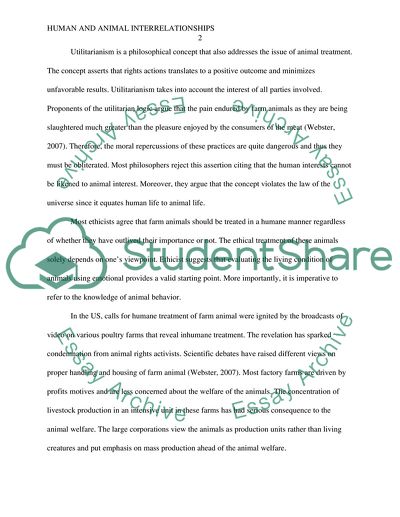Cite this document
(“Human and Animal Interrelationships Essay Example | Topics and Well Written Essays - 1750 words”, n.d.)
Human and Animal Interrelationships Essay Example | Topics and Well Written Essays - 1750 words. Retrieved from https://studentshare.org/psychology/1700569-human-and-animal-interrelationships
Human and Animal Interrelationships Essay Example | Topics and Well Written Essays - 1750 words. Retrieved from https://studentshare.org/psychology/1700569-human-and-animal-interrelationships
(Human and Animal Interrelationships Essay Example | Topics and Well Written Essays - 1750 Words)
Human and Animal Interrelationships Essay Example | Topics and Well Written Essays - 1750 Words. https://studentshare.org/psychology/1700569-human-and-animal-interrelationships.
Human and Animal Interrelationships Essay Example | Topics and Well Written Essays - 1750 Words. https://studentshare.org/psychology/1700569-human-and-animal-interrelationships.
“Human and Animal Interrelationships Essay Example | Topics and Well Written Essays - 1750 Words”, n.d. https://studentshare.org/psychology/1700569-human-and-animal-interrelationships.


